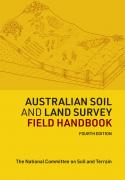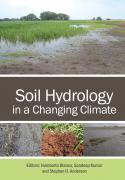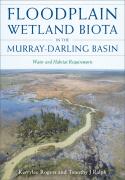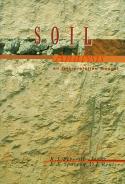Soil physical measurements are essential for solving many natural resource management problems. This operational laboratory and field handbook provides, for the first time, a standard set of methods that are cost-effective and well suited to land resource survey. It provides:
*practical guidelines on the soil physical measurements across a range of soils, climates and land uses;
*straightforward descriptions for each method (including common pitfalls) that can be applied by people with a rudimentary knowledge of soil physics, and
*guidelines on the interpretation of results and integration with land resource assessment.
Soil Physical Measurement And Interpretation for Land Evaluation begins with an introduction to land evaluation and then outlines procedures for field sampling. Twenty detailed chapters cover pore space relations, water retention, hydraulic conductivity, water table depth, dispersion, aggregation, particle size, shrinkage, Atterburg limits and strength. The book includes procedures for estimating soil physical properties from more readily available data and shows how soil physical data can be integrated into land planning and management decisions.



















